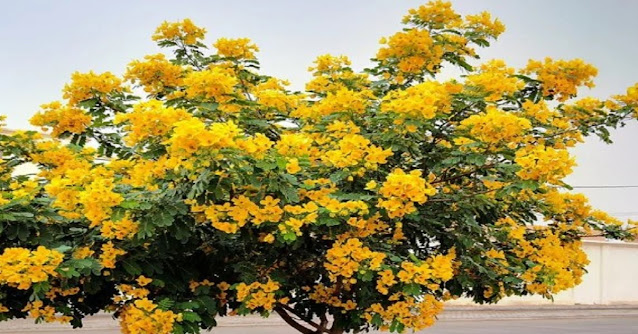यो जातिको काली कसौंदी सबभन्दा
Kalo Kasaudi, scientifically known as Cassia purpurea,
is a medicinal herb with diverse health benefits. It is locally known by names
such as कालो कसौंदी, कासमर्द, and पँवार in Nepal, and
Stinging Weed in English. This herb is widely regarded for its effectiveness
and traditional uses in treating various ailments, particularly in the
Himalayan region.
Introduction
Kalo Kasaudi is a species of shrub belonging to the Fabaceae
family. It is native to tropical and subtropical regions, including Nepal, and
thrives up to an altitude of 1400 meters, particularly during the monsoon
season. The plant is recognized for its dense branches, vibrant flowers, and
long seed pods, each containing 20-30 seeds. Kalo Kasaudi holds significant
value in traditional medicine due to its nutritional and therapeutic
properties.
Characteristics
- Plant
Type: A bushy shrub, growing to a height of 1-2 meters.
- Leaves:
Pinnate, green leaves, often used as a vegetable or in herbal remedies.
- Flowers:
Blooms are typically yellow and appear in clusters during the growing
season.
- Fruits:
Long, thick pods containing seeds.
- Habitat:
Found in moist and tropical regions up to 1400 meters above sea level,
commonly during rainy seasons.
Uses and Benefits
Kalo Kasaudi is renowned for its medicinal and nutritional
properties:
- Nutritional
Use:
- The
leaves are consumed as a vegetable, offering nourishment and health
benefits.
- Medicinal
Benefits:
- Cough
and Cold: The leaves have properties that help in relieving throat
infections and colds.
- Laxative
Effect: The bark, leaves, and seeds of the plant have a mild laxative
effect, aiding in digestion.
- Childhood
Cough: A powder made from the leaves (3-5 grams) can be administered
3-5 times a day to treat whooping cough in children.
- Detoxification:
It is effective in removing toxins from the body and is considered an
anti-poison herb.
- Fever
Reduction: It has antipyretic properties, making it useful in
managing fevers.
- Respiratory
Health: Helps in alleviating symptoms of bronchitis and asthma by
reducing phlegm.
Advantages
- Natural
Remedy: Free from harmful side effects when used appropriately.
- Widely
Available: Thrives in diverse climates, making it accessible for local
communities.
- Multi-Purpose
Plant: Serves both nutritional and medicinal purposes.
- Cultural
Importance: Integral to traditional medicine systems in Nepal and
other regions.
How to Use
- As
a Vegetable:
- The
leaves can be cooked like spinach and consumed as a nutritious meal.
- For
Medicinal Purposes:
- Leaf
Powder: Prepare a fine powder from dried leaves and administer 3-5
grams for cough or fever relief.
- Decoction:
Boil the leaves or bark in water to prepare a herbal tea for
detoxification and fever.
- Seed
Use: The seeds can be powdered and used for digestive issues.
- Topical
Application:
- A
paste of leaves can be applied externally to relieve inflammation or skin
irritations.
Conclusion
Kalo Kasaudi (Cassia purpurea) is a versatile herb
with significant benefits for health and nutrition. Its use in traditional
medicine demonstrates its efficacy in treating a wide range of ailments,
including cough, cold, fever, and digestive disorders. The plant's adaptability
and accessibility make it a valuable resource for communities in tropical and
subtropical regions. Incorporating Kalo Kasaudi into daily life, either as a
vegetable or a natural remedy, provides a holistic approach to health and
wellness.










.jpg)

.jpg)











